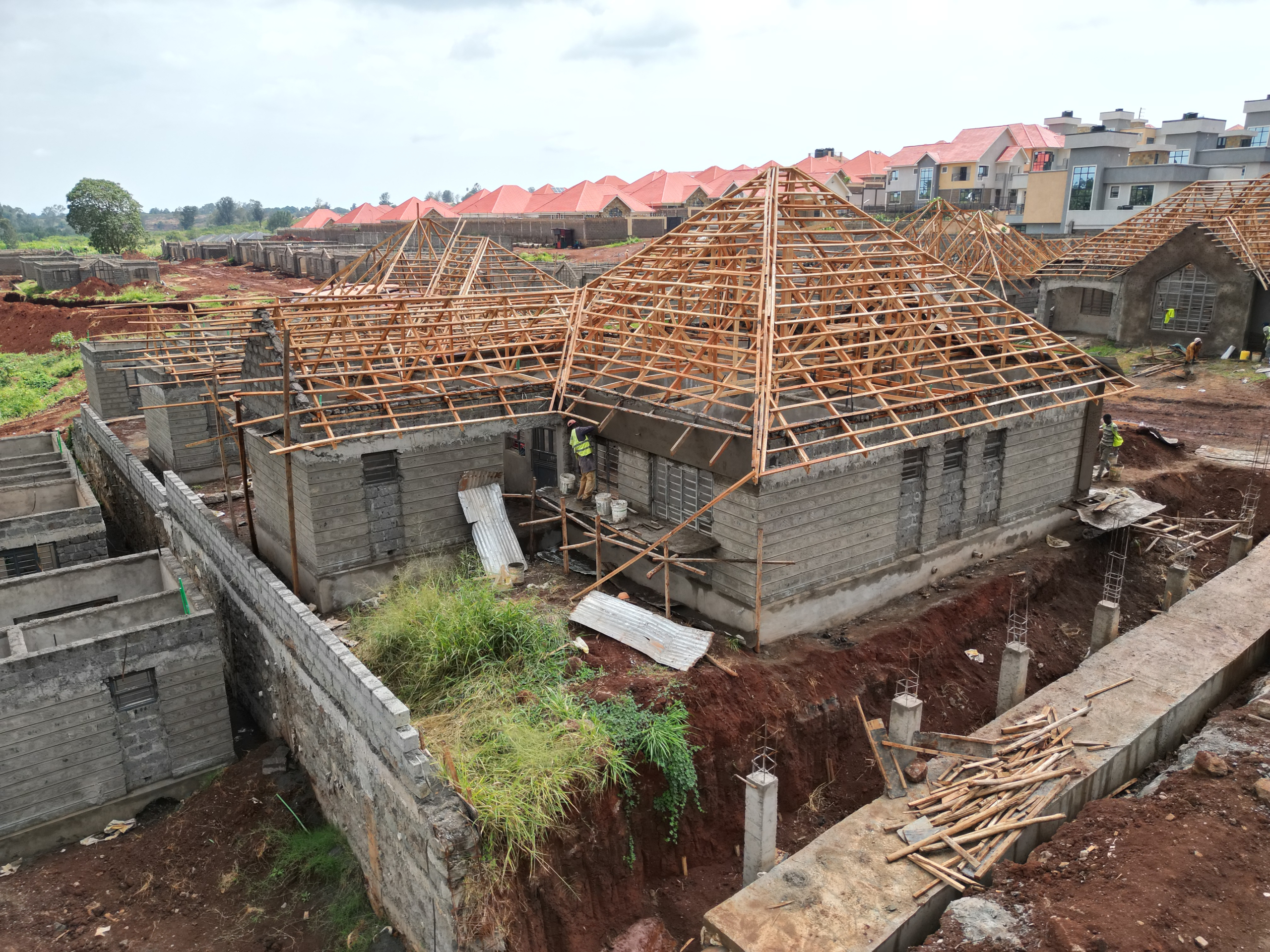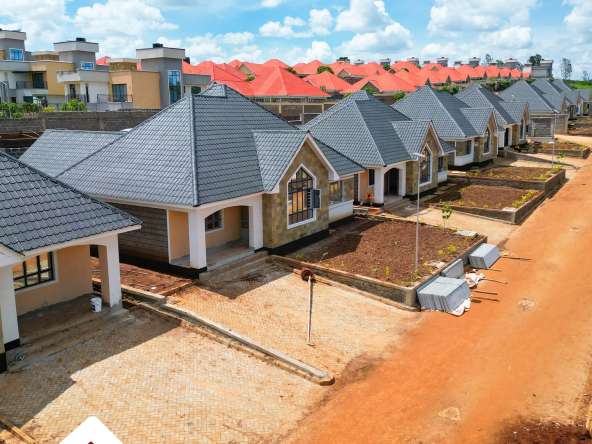As Nairobi’s population continues to grow and urban land becomes scarce, many homebuyers and investors are turning to satellite towns for better affordability, space, and long-term returns. Two such towns—Kikuyu and Ruiru—have gained tremendous popularity in recent years. But when it comes to Kikuyu vs Ruiru real estate investment, which town offers a better return on investment (ROI) for homebuyers and developers alike?
This article compares the two booming suburbs in terms of property prices, infrastructure, rental demand, and overall potential for capital growth.
Accessibility and Infrastructure
Both Kikuyu and Ruiru have benefited immensely from recent infrastructure upgrades.
Kikuyu, located along Waiyaki Way, enjoys direct access to Nairobi’s CBD via the Southern Bypass and James Gichuru-Waiyaki Way expansion. The town also connects easily to Karen, Dagoretti, and Westlands, making it ideal for people working in West Nairobi. The upcoming Nairobi Western Bypass is also expected to further decongest traffic and increase accessibility to Kikuyu.
On the other hand, Ruiru, situated along the Thika Superhighway, has transformed into a bustling real estate hub. The Eastern Bypass and the soon-to-be-completed dualling of Ruiru-Githunguri Road have made it even more attractive. Ruiru is also closer to industrial zones like Ruiru-Kimbo and Tatu City, enhancing its appeal to professionals and businesses.
Read Also: How Infrastructure Projects in Kenya Impact Property Values
Property Prices and Affordability
In terms of affordability, both towns offer options for middle-income and upper-middle-income buyers. However, Kikuyu has traditionally been perceived as more affordable due to its slightly older development timeline and wider availability of land.
As of early 2025:
- An eighth-acre plot in Kikuyu ranges between KSh 2.8M to KSh 5M, depending on proximity to tarmac and amenities.
- In Ruiru, a similar plot ranges from KSh 4M to KSh 8M, with prices higher around Kamakis, Membley, and the Eastern Bypass.
In terms of housing, Kikuyu has seen a rise in gated community projects offering maisonettes and bungalows. Ruiru, on the other hand, has numerous modern apartment complexes and mixed-use developments, especially targeting rental income investors.
Rental Yield and Demand
Ruiru enjoys high rental demand due to its proximity to Nairobi CBD, educational institutions like Zetech and Kenyatta University, and commercial centers like Tatu City and Spur Mall. Monthly rental income for a 2-bedroom apartment ranges from KSh 25,000 to KSh 40,000 depending on the estate and amenities.
Kikuyu also enjoys strong rental demand, especially from young professionals and university students (e.g., from University of Nairobi – Kikuyu Campus). However, monthly rents are slightly lower, ranging from KSh 20,000 to KSh 35,000 for similar units.
Ruiru’s higher rental income potential makes it ideal for short-term rental returns, while Kikuyu’s affordability provides better margins for buy-and-hold investors looking for long-term capital appreciation.
Lifestyle and Amenities
Kikuyu offers a more serene, suburban lifestyle with lush landscapes, traditional homesteads, and a growing number of modern amenities including malls, schools, and healthcare facilities. It’s a great choice for families and people who prefer a quiet environment close to nature.
Ruiru, in contrast, has a faster-paced, more urban feel with rapid commercial growth, nightlife, shopping centers, and job opportunities. It appeals more to young professionals, small families, and commercial developers.
Capital Appreciation Potential
In recent years, both towns have recorded impressive property appreciation rates. However, Ruiru has experienced slightly higher short-term growth due to its rapid urbanization and strategic location near industrial hubs.
Kikuyu, with its new road projects and upcoming bypasses, is also catching up. Its quieter, more residential environment gives it an edge for long-term appreciation, especially for those targeting end-user buyers rather than rental tenants.
Investment Risks and Considerations
With fast growth comes the risk of overdevelopment and speculation. Ruiru is beginning to face congestion challenges in some areas, while certain parts of Kikuyu still lack proper drainage or reliable water connections.
Investors should work with local real estate professionals, conduct due diligence, and ensure compliance with county zoning and building regulations before purchasing property in either town.
Final Verdict: Which Town Offers Better ROI?
So, Kikuyu vs Ruiru real estate investment—who wins?
It depends on your goals.
If you’re looking for higher rental income and short-term returns, Ruiru is a strong candidate due to its booming population, strategic location, and modern apartments.
If your goal is long-term appreciation, affordability, and family living, Kikuyu offers more peace, better entry prices, and a growing infrastructure pipeline.
Ultimately, both towns are solid real estate bets—but your decision should be guided by your investment timeline, budget, and personal preferences.
The debate around Kikuyu vs Ruiru real estate investment reflects the broader growth of satellite towns in Kenya’s property market. With ongoing road expansions, commercial developments, and rising housing demand, both towns are poised for further growth. Homebuyers and investors who move early, do proper research, and choose the right projects stand to benefit greatly in the evolving real estate landscape of Kenya.




